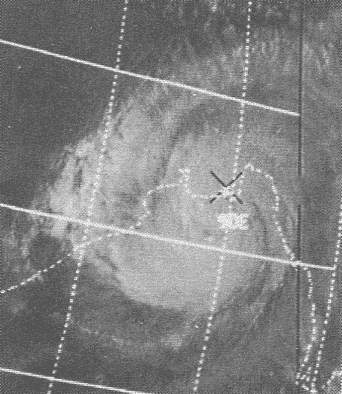The Bhola cyclone, also known as the 1970 Bhola cyclone, was one of the deadliest tropical cyclones in recorded history. It struck East Pakistan (now Bangladesh) and the West Bengal area of India on November 13, 1970. Here’s an overview of the impact and devastation caused by the Bhola cyclone:
1. Magnitude and Intensity:
- The Bhola cyclone was a Category 3 tropical cyclone, with wind speeds reaching an estimated 115 mph (185 km/h) before it made landfall.

2. Storm Surge:
- One of the most devastating aspects of the cyclone was the storm surge. The surge inundated low-lying coastal areas, causing widespread flooding. The surge reached an estimated 20 feet (6 meters) in some places, resulting in catastrophic damage.
3. Casualties:
- The Bhola cyclone is considered one of the deadliest natural disasters in modern history. It is estimated to have caused between 300,000 to 500,000 deaths. The high death toll was attributed to the storm surge, which caught many coastal residents off guard.
4. Impact on Populated Areas:
- The cyclone made landfall in the densely populated Ganges Delta, affecting a large number of people in East Pakistan (now Bangladesh) and West Bengal, India. The storm surge inundated coastal villages and towns, causing extensive damage.
5. Destruction of Infrastructure:
- The cyclone caused widespread destruction of infrastructure, including homes, schools, and hospitals. Many buildings were not constructed to withstand the force of the cyclone, contributing to the severity of the damage.
6. Agricultural Losses:
- The cyclone’s impact extended to agriculture, with extensive damage to crops and farmlands. This had long-term implications for food security in the affected regions.
7. Humanitarian Crisis:
- The Bhola cyclone triggered a humanitarian crisis, with a massive need for emergency assistance, including food, clean water, and medical supplies. The scale of the disaster overwhelmed local and international relief efforts.
8. Challenges in Relief Efforts:
- The response to the Bhola cyclone was hampered by the limited communication infrastructure and the remote nature of many affected areas. The political situation in East Pakistan, which was going through a period of unrest and political transition, further complicated relief efforts.
9. Impact on Politics:
- The devastation caused by the Bhola cyclone was a contributing factor to the political unrest in East Pakistan. The inadequate response from the central government in managing the disaster aftermath fueled dissatisfaction, eventually leading to the Bangladesh Liberation War and the creation of Bangladesh as an independent nation in 1971.
The Bhola cyclone’s devastating impact had far-reaching effects, not only in terms of immediate loss of life and infrastructure but also in shaping the political landscape of the region. It serves as a tragic reminder of the vulnerability of coastal areas to powerful tropical cyclones and the importance of proactive disaster management.









